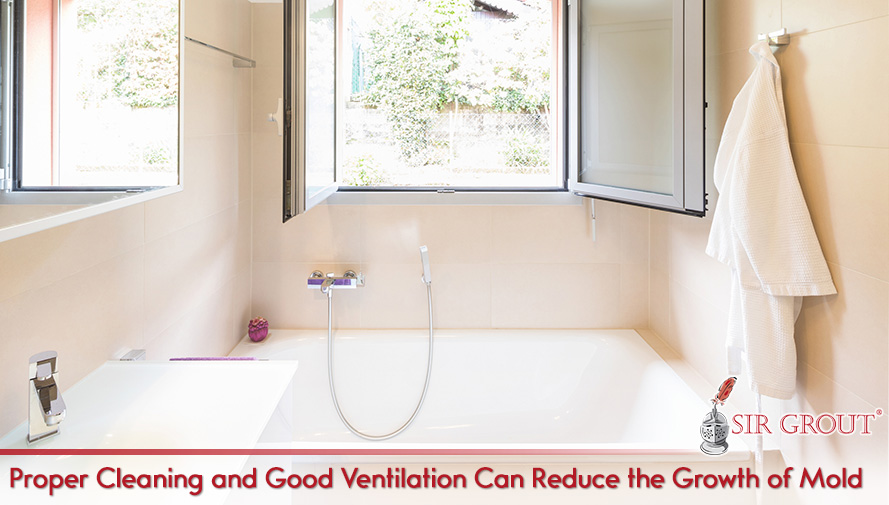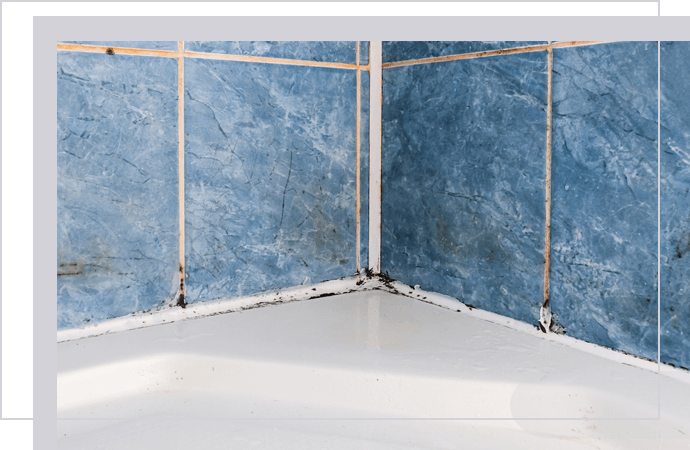Moldy Grout Stains: Cleaning Solutions.

Mouldy grout stains can be a real eyesore in any bathroom or kitchen. They not only detract from the aesthetic appeal of your space but can also be a sign of underlying moisture problems. This thorough guide offers effective cleaning solutions to tackle moldy grout stains, ensuring a sparkling clean and healthy environment in your home. We’ll cover everything from simple DIY methods to professional approaches, and even preventative measures to help prevent future issues. Ready to banish those unsightly stains? Let’s dive in!
Understanding the Problem
determineing the Source of Mould
Mold growth in grout is often a sign of moisture issues. High humidity, water leaks, or poor ventilation can create the perfect environment for mold and mildew to thrive. Knowing the source is crucial for effective stain removal and prevention. Ignoring the problem can lead to more extensive damage and costly repairs down the line. Understanding the underlying problem allows you to effectively tackle moldy grout stains. For example, if the source is a leaky faucet, resolving that issue is essential for preventing future mold growth.
Assessing the Severity of Stains
Choosing the Right Cleaning Supplies
The severity of the staining will determine the cleaning method you select. For mild cases, simple cleaning solutions may suffice. But for stubborn or deeply ingrained mold, you might need more aggressive cleaners or even professional help. In these cases, using a suitable cleaner and proper technique is critical for removing the stains effectively without damaging the grout or surrounding surfaces. A thorough assessment of the extent of the problem will prevent the use of unnecessary or potentially harmful materials. For example, using a bleach-based cleaner on colored grout can lead to discoloration; always test in an inconspicuous area first.
DIY Cleaning Solutions
Simple and Effective Methods
Several DIY methods can effectively tackle moldy grout stains. Baking soda, vinegar, and hydrogen peroxide are often used in various combinations. Mix baking soda with water to create a paste and gently scrub the affected area. Alternatively, mix equal parts white vinegar and water, and apply it to the grout with a scrub brush. For more stubborn stains, hydrogen peroxide can be used, although always test it in an inconspicuous area first. For example, a combination of baking soda and vinegar can be highly effective for removing stains, especially when combined with a stiff bristle brush to achieve thorough cleaning.
Advanced Cleaning Techniques
Specialized Products and Tools
For persistent stains, specialized cleaning products can be helpful. Specialized grout cleaners are designed to tackle stubborn mold and mildew. Also, consider using a stiff-bristled brush or a grout cleaning tool to effectively remove the stains. Be sure to follow the instructions on the product label carefully. For example, some specialized grout cleaners may contain harsh chemicals; always wear appropriate safety gear to protect yourself.
Related Post : Foggy Bathroom Mirror: Preventing Condensation.
Prevention is Key
Maintaining Cleanliness and Sealing Grout
Preventing future mold growth is essential for maintaining clean and healthy grout. Addressing any moisture issues in your home is the first step. Ensure proper ventilation in bathrooms and kitchens. Regularly clean the grout, especially after spills or water exposure. Sealing the grout with a suitable sealant can create a protective barrier against moisture penetration. For example, keeping the area well-ventilated and drying up any spills immediately can drastically reduce the chances of future mold problems.
Professional Cleaning Options
When to Hire a Professional
If DIY methods fail to remove stubborn moldy grout stains, it’s advisable to consider professional cleaning services. Professionals have the experience and specialized equipment to handle severe or complex cases. Professional cleaning can save you time and effort while ensuring the safety of your home. For example, some stains are resistant to even the most aggressive DIY methods and would require specialized equipment and techniques.
Understanding varied Grout Types
Choosing the Right Cleaning Agent
Grout comes in various materials, such as cement-based, epoxy, or polymeric. varied types may require varied cleaning methods or solutions. Epoxy grout is generally more resistant to staining and mold, but it is still crucial to maintain the grout to prevent mold buildup.
Combining Techniques for Maximum Effect
Tailoring Your plan for varied Grout Colors
Consider combining varied techniques to enhance the efficacy of your cleaning process. For example, combining a mild acid solution with a thorough scrubbing can produce great outcomes, particularly with porous grout types or those with stubborn stains. It is crucial to test any combination or chemical in an inconspicuous area of the grout first
Maintenance and Prevention
Sealing Grout to Prevent Future Growth
Sealing the grout is a vital part of long-term prevention. A sealant creates a barrier against moisture, reducing the risk of mold and mildew growth. Proper sealing extends the lifespan of the grout and helps maintain its appearance. It also reduces the need for frequent cleaning. For example, regular sealing can prevent discoloration, which is common with moisture exposure and mold build up. This way, you can reduce the frequency of cleaning and prevent further problems.
In conclusion, tackling moldy grout stains requires a multifaceted approach, combining the right cleaning solutions with meticulous technique and proper preventative measures. By following the steps outlined in this guide, you can effectively restore your grout to its former glory. For more cleaning tips and resources, visit our website at [website address]. Don’t hesitate to reach out if you have any additional querys or concerns.
